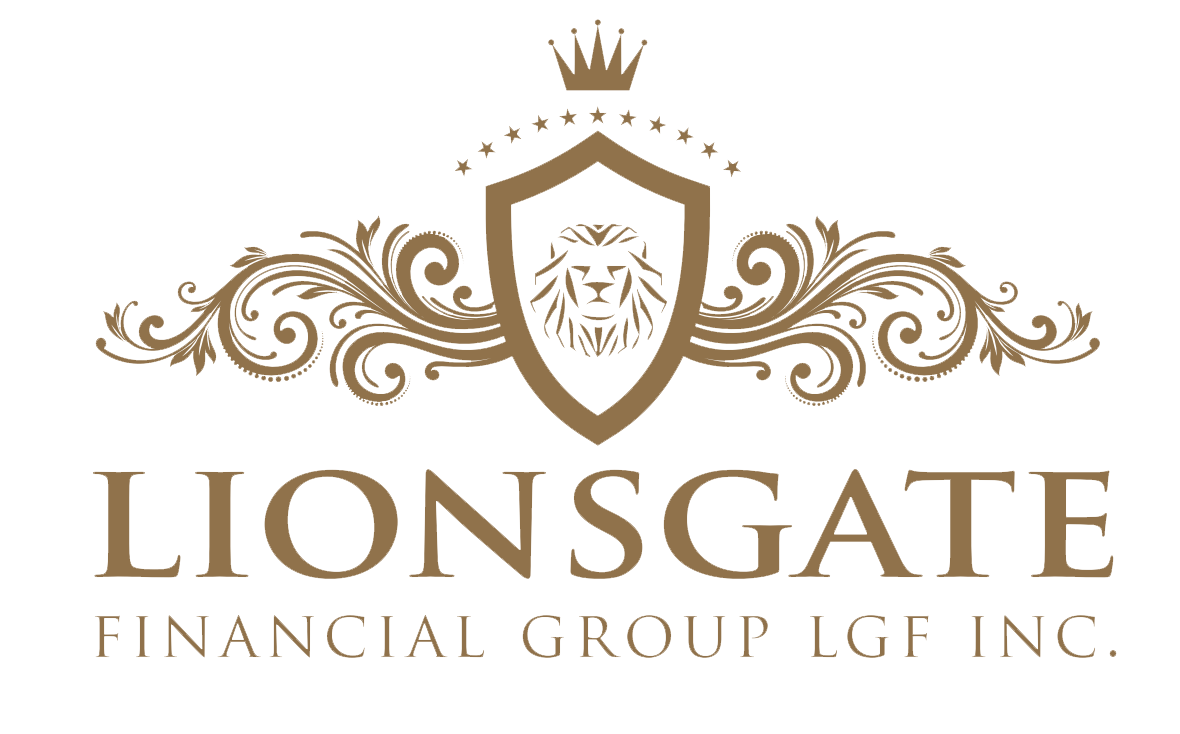During the early days of the mortgage business, brokers would require a lot of paperwork…

Everything You Need To Know About RESPs
Now you can listen to our blog post, “Everything You Need To Know About RESPs” while on the go.
Investing in your child’s education is one of the most important decisions you can make as a parent. One effective way to save for your child’s future educational expenses is through a Registered Education Savings Plan (RESP).
In this comprehensive guide, we will provide you with all the essential information you need to know about RESPs, including what they are, how they work, their benefits, and how to set one up.
What is an RESP?
A Registered Education Savings Plan (RESP) is a tax-advantaged investment account available in Canada. It is designed to help parents and guardians save for their child’s post-secondary education, such as college or university. RESPs allow you to contribute funds that can grow tax-free until they are withdrawn for educational purposes.
How Do RESPs Work?
a) Contributions:
When you open an RESP, you can make regular contributions to the account. These contributions are not tax-deductible, meaning you cannot claim them as a deduction on your income tax return. However, the earnings on your contributions grow tax-free within the RESP until they are withdrawn.
b) Government Grants:
One of the main advantages of RESPs is the availability of government grants. The Canada Education Savings Grant (CESG) is a matching grant provided by the government. The CESG matches a portion of your contributions, up to a certain limit, helping your savings grow faster.
c) Investment Options:
RESPs offer a range of investment options, such as mutual funds, GICs (Guaranteed Investment Certificates), and stocks. It’s important to carefully consider your risk tolerance and investment goals when selecting the investment options for your RESP.
Benefits of RESPs
a) Tax Advantages:
RESPs offer significant tax advantages. While contributions are not tax-deductible, the investment earnings within the RESP are not subject to annual taxation. When the funds are withdrawn for educational purposes, they are taxed in the hands of the student, typically at a lower tax rate.
b) Government Grants:
The CESG can provide a substantial boost to your savings. The government matches 20% of the first $2,500 contributed annually, up to a lifetime maximum of $7,200 per child. Lower-income families may also qualify for additional grants, such as the Canada Learning Bond (CLB).
c) Flexibility in Beneficiary:
If your intended beneficiary decides not to pursue post-secondary education, you have the flexibility to transfer the funds to another eligible beneficiary within the family, ensuring that your savings do not go to waste.
RESP Withdrawals and Tax Implications
a) Educational Withdrawals:
When your child enrolls in a qualifying post-secondary program, you can begin withdrawing funds from the RESP to cover their educational expenses. These withdrawals, known as Educational Assistance Payments (EAPs), consist of the investment earnings and government grants within the RESP. EAPs are taxable income for the student and are typically taxed at their lower income tax rate.
b) Non-Educational Withdrawals:
If your child decides not to pursue post-secondary education, there are a few options for the funds within the RESP. You can transfer the contributions to your Registered Retirement Savings Plan (RRSP), if you have available contribution room. However, government grants and investment earnings will be subject to taxes and penalties upon withdrawal.
Opening an RESP
a) Choosing a Provider:
To open an RESP, you can choose from various financial institutions, including banks, credit unions, and mutual fund companies. Compare different providers to find one that offers competitive fees, a wide range of investment options, and excellent customer service.
b) Eligibility and Documentation:
To open an RESP, you will need to provide identification documents for both yourself and the child, such as birth certificates and Social Insurance Numbers (SINs). Ensure that you meet the eligibility requirements set by the provider.
c) Contributions and Deposits:
Once the account is open, you can start making contributions according to your budget and financial goals. Set up automatic contributions if possible, as this ensures regular savings without the need for constant monitoring.
Conclusion
A Registered Education Savings Plan (RESP) is a powerful tool for saving for your child’s future education. The tax advantages, government grants, and flexibility make RESPs an attractive option for parents and guardians. By understanding how RESPs work, the benefits they offer, and how to set one up, you can take proactive steps towards securing your child’s educational future.
Start early, contribute regularly, and watch your savings grow over time, ensuring that your child has the resources needed to pursue their dreams and aspirations.
Need Some Extra Cash to Help Your Finances? Try Lionsgate!
Are you struggling with your financial needs and need some extra cash? Lionsgate can help. Just fill out the form below, letting us know all your money or mortgage requirements, and we will find the best lender for you. Amazing thing? The process is free, and you can quit it at any time.
We have a team of experts that analyze your requirements and pick the best lender for you with prudent advice.
Note: Please give your authentic information while completing the form below.
Please share this article on your social media profiles if you found it helpful. Also, visit our blog to read similar helpful articles on finance, real estate, and getting mortgages.




